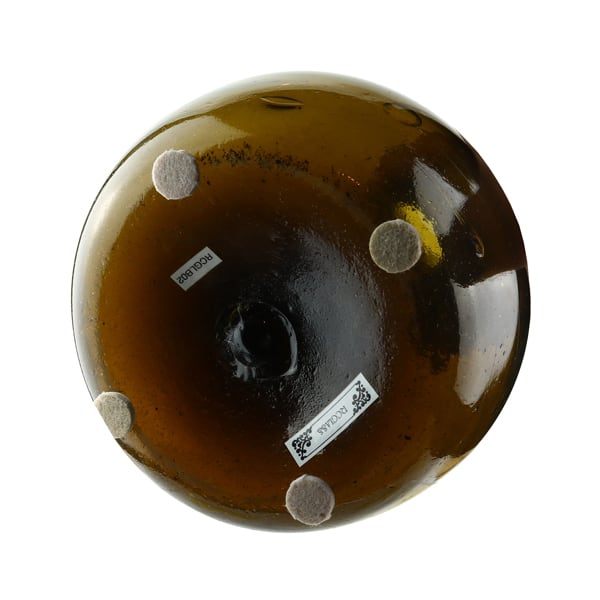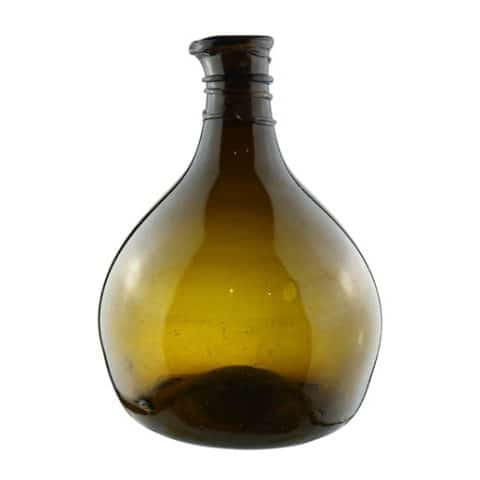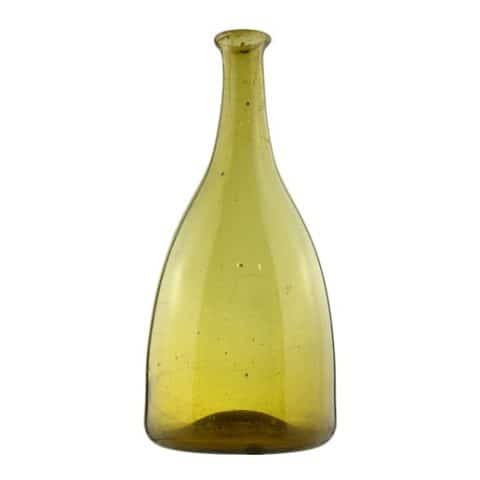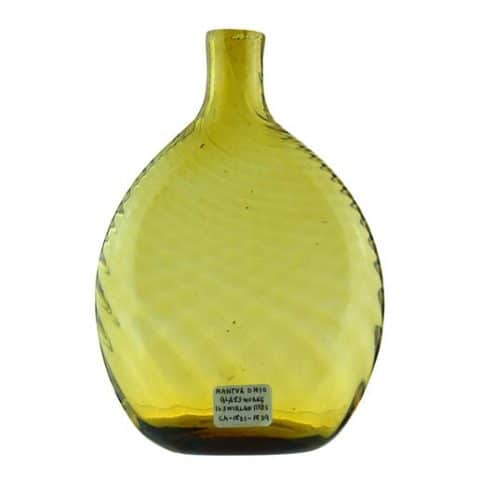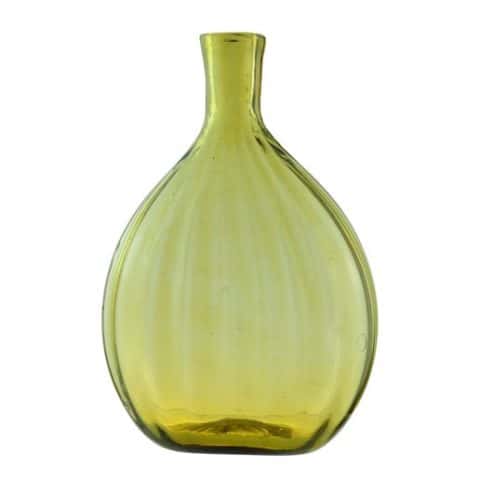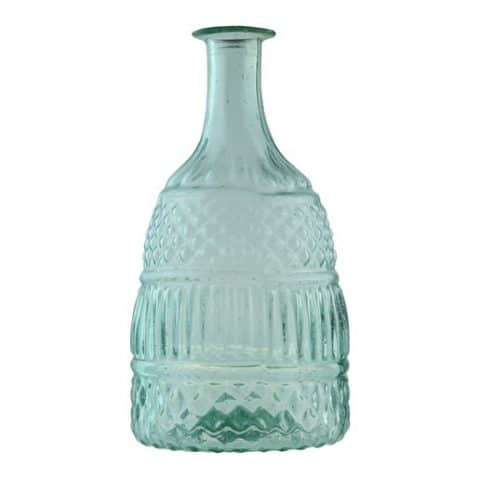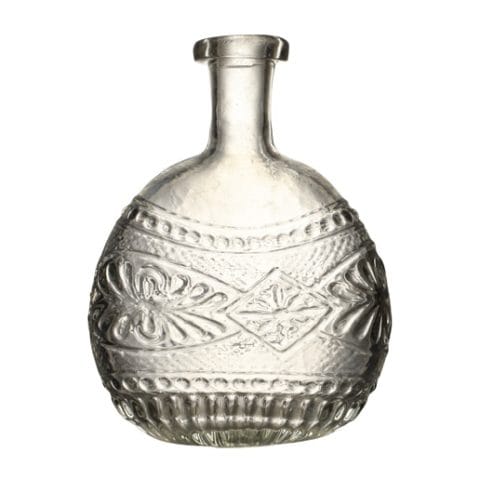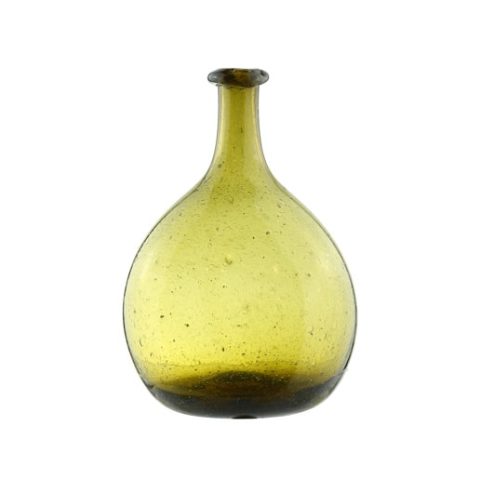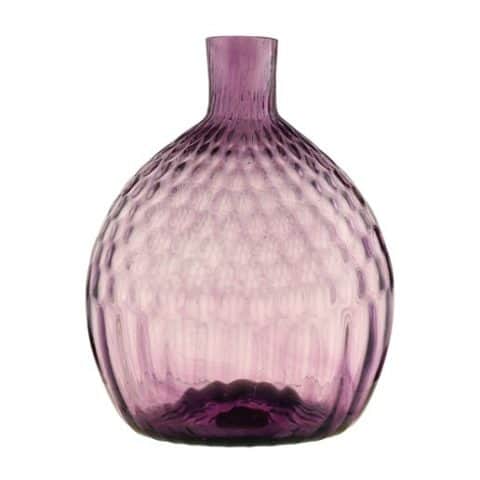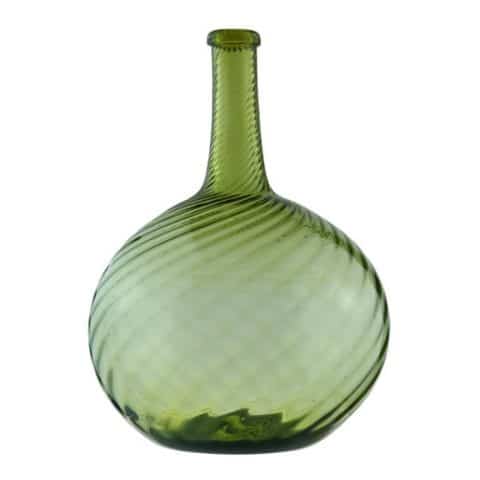Coventry Glob Decanter
Coventry Glob Decanter
Attributed to Coventry Glass Works
Coventry, Connecticut
Olive Amber Glass
Provenance: Richard S. Ciralli Collection
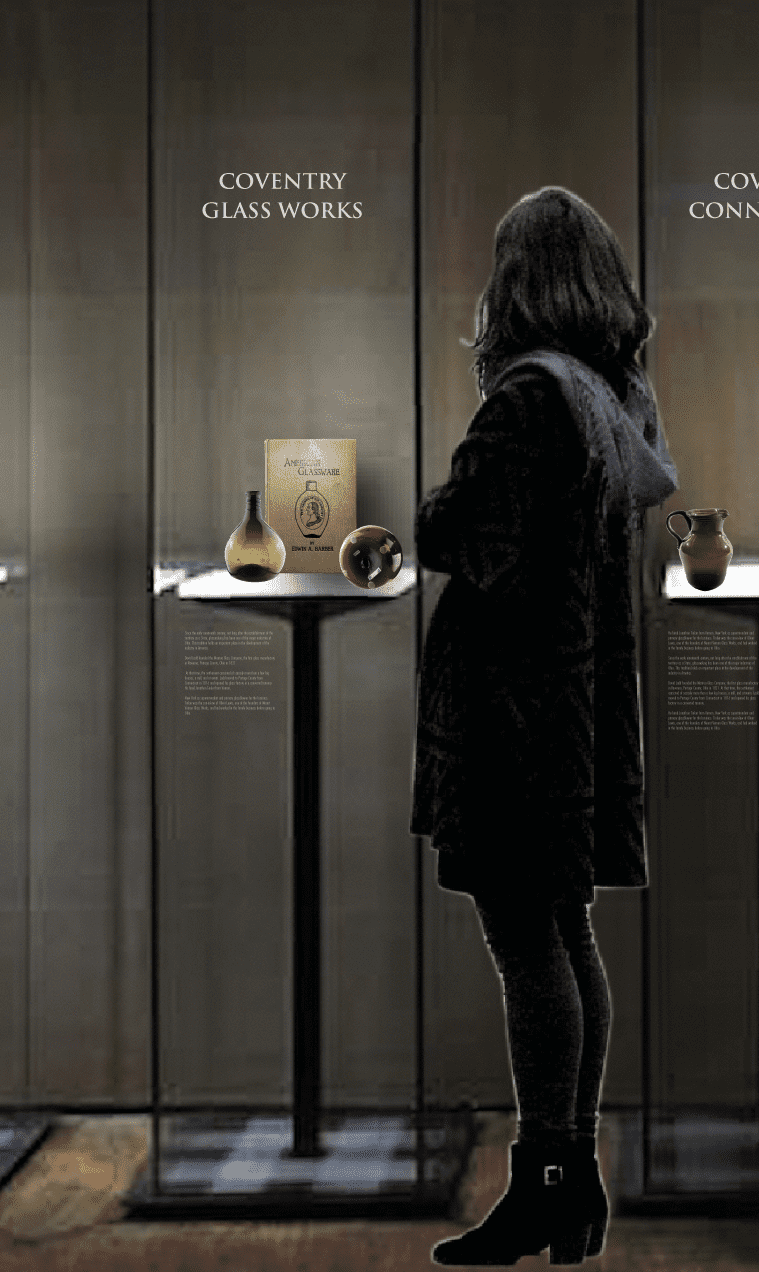
This exceptional globular bottle was made into a decanter with a pour spout. The decanter measures 11″ high by 7.5″ diameter at the widest point of the body. There is applied threading around the neck. It is free-blown in olive-amber glass and has an open pontil scar base. The piece is unique to this day.
The piece was acquired from Jeff and Holly Noordsy who acquired it from Peter Pill of Grafton Place Antiques in Chester, Vermont. Peter’s father was a major collector from the 1930s through the 1950s.
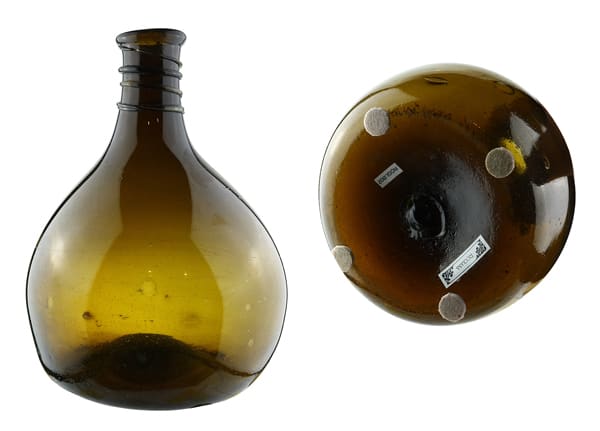
The color of the metal is consistent with various wares known to have been made at Coventry Glass Works. Shards have been found with applied threading which was undoubtedly creamers and pitchers.
The best attribution comes from possibly the first bottle book American Glassware Old and New by Edwin A. Barber published in 1900. In the Coventry section, page 57 there is a reference to “a tall vase with spherical body and long, slender neck, would from the mouth halfway down with a spiral, snake-like ornament.”
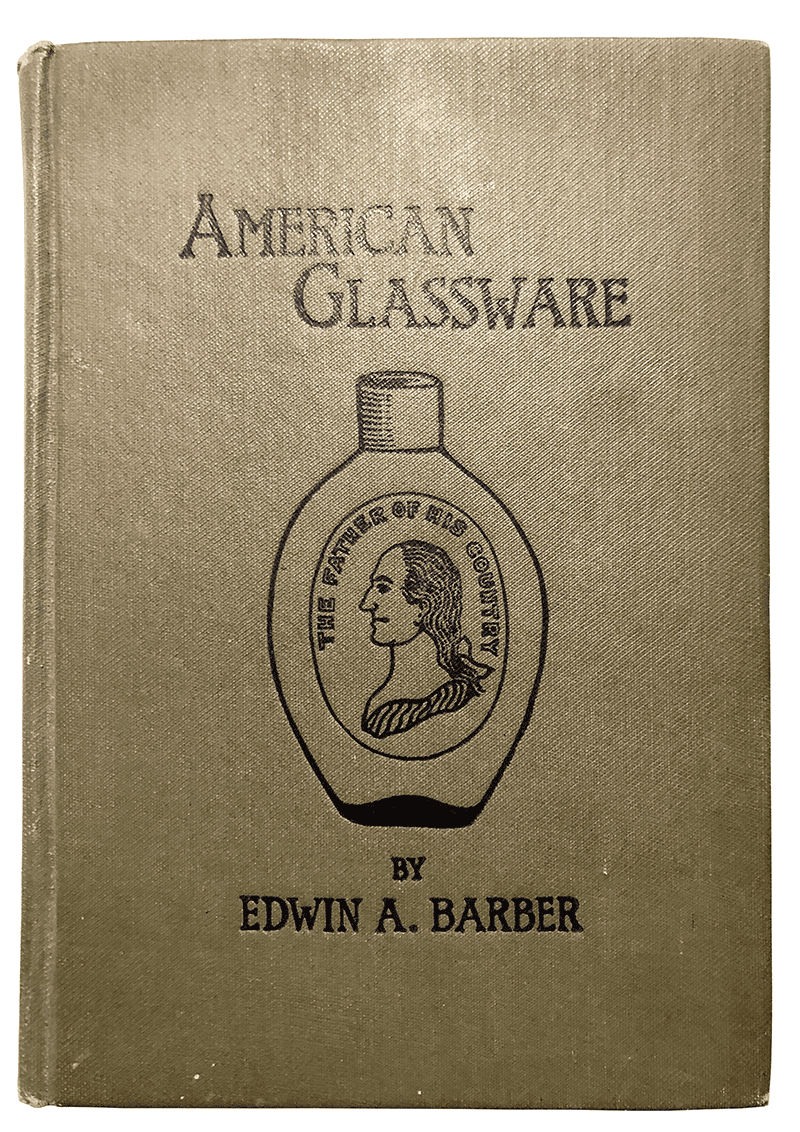
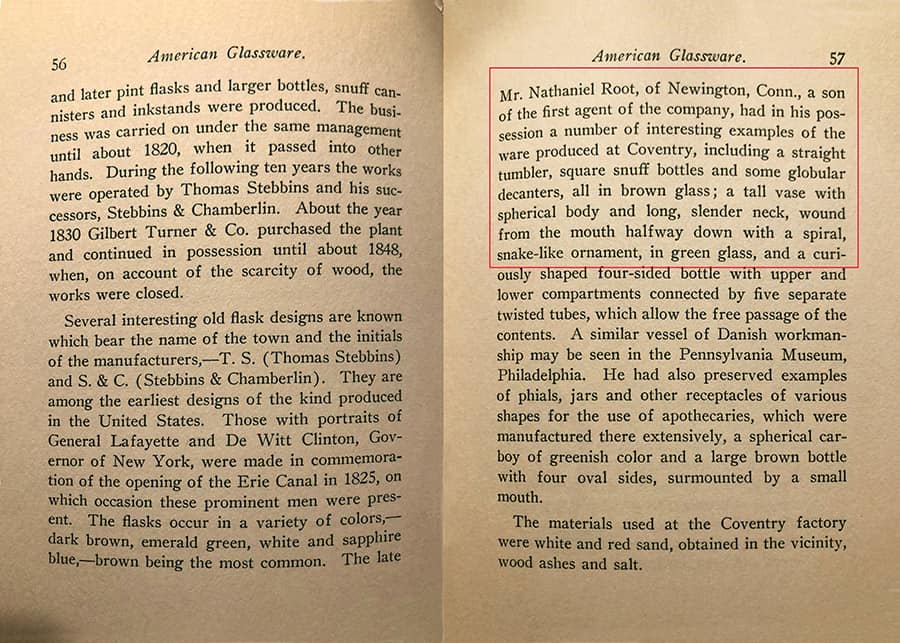
See an example of a Coventry Inkwell in our Blown Three Mold Gallery.
See an example of a GVIII-3 Sunburst Flask attributed to Coventry in our Historical Flask Gallery.
Coventry Glass Works
Seven men agreed to erect a glass factory in Coventry, Connecticut on January 14, 1813, along the Willimantic River. Four of the men, Captain Nathaniel Root, Ebenezer Root Nathaniel Root Jr., and Joseph A. Norton all of Coventry were not glassmakers. The other three included Eli Evans, Thomas W. Bishop, and Uriah Andrews, glassblowers from East Hartford that had the experience to run the day-to-day operations. Eli, Thomas, and Uriah were to use their expertise where needed in the glass factory and be compensated at $26 per month and $45 for each year they worked in the plant.
In 1816, there was an agreement to expand by adding buildings. Thomas Stubbins was operating the glassworks by 1820. Lafayette flasks having embossed “T.S.” were made sometime around 1825. The brother of Thomas may have entered the business sometime in 1825. The “S.S.” on some Lafayette flasks could be the entry of a brother to the glassworks or possibly a mistake. Later in 1825, Rufus B. Chamberlain joined the firm and they were now Stebbins & Chamberlin. The “S & C” is found on some flasks. In 1828, Jasper Gilbert, John Turner, and Rufus B. Chamberlain with John Turner’s brother Levi took control forming Gilbert Turner & Company. Lack of wood is said to be the reason for the glassworks closing in 1848, but accounting books seem to indicate sales into 1849.
Support: Reference to American Bottles and Flasks and Their Ancestry by Helen McKearin and Kenneth M. Wilson, Crown Publishers Inc., New York, 1978.
Support: Reference to American Glassware Old and New by Edwin Atlee Barber, A.A., Ph.D., Press of Patterson & White Company, Philadelphia, Pa., 1900
Primary Image: Coventry Glob Decanter imaged on location by Alan DeMaison, FOHBC Virtual Museum Midwest Studio
Join the FOHBC: The Virtual Museum is a project of the Federation of Historical Bottle Collectors (FOHBC). To become a member.

